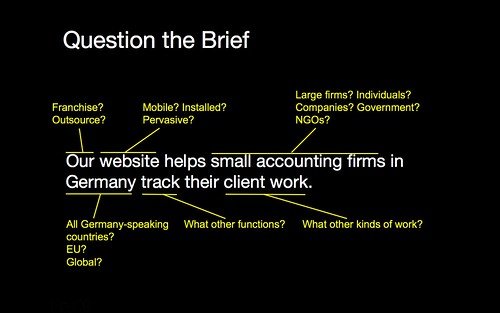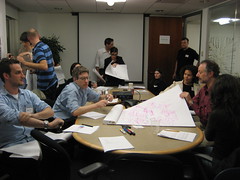Not long I was talking to a project manager who was writing her first request for proposal, explaining the common wisdom on budget disclosure: “You’ll want to give them a ballpark idea of what your budget is without telling them your actual budget; agencies will sometimes configure the work to take all the money on the table.”
But as I, with fresh eyes, watch her go through the proposal process, I do wonder if simply telling the agencies the budget wouldn’t be such a bad idea. Floating this idea on Twitter sparked these replies, mostly from peeps on the agency side:
“I always make them tell me the budget. If they can’t then I don’t send a proposal. That’s my tough love policy. Very few balk. I [tell them] we could propose $1M site, but its best that I know what the constraints are. 99% find it helpful.”
“It would certainly decrease wasted effort.”
“Absolutely! It would eliminate spinning our wheels too. Why waste the time proposing something they can’t afford?”
“I’ve worked at agencies where we lost jobs because we proposed too large a project. This could have solved it.”
“Agree…”
Money is a great constraint for spurring creativity. And if the same budget were disclosed to all agencies, the client can still compare the relative value of each proposal. The only drawback I can think of is if the budget is far out of alignment with the work requested, and if this is the case the client should be working with an expert outside resource to craft the RFP anyway.
(I’ll add this is specific to RFP situations. I still agree with the usual consultative selling advice to not talk about price until the very end of the sales process.)



 We’re pleased as punch to partner with our good friend Lou Rosenfeld at
We’re pleased as punch to partner with our good friend Lou Rosenfeld at 




